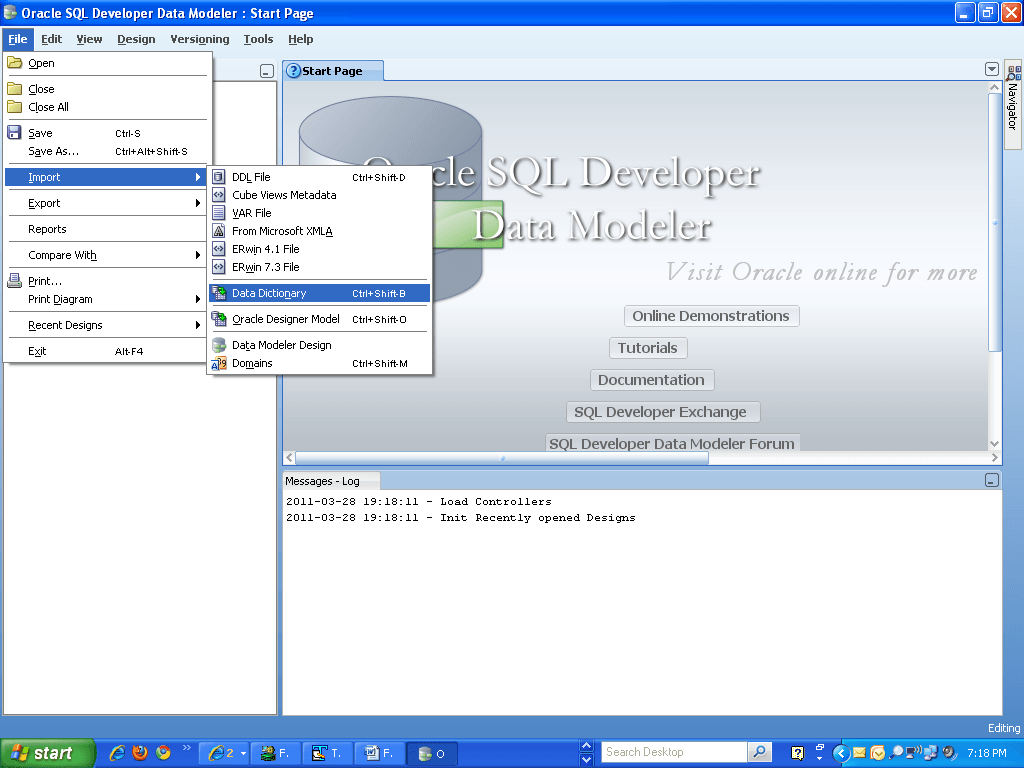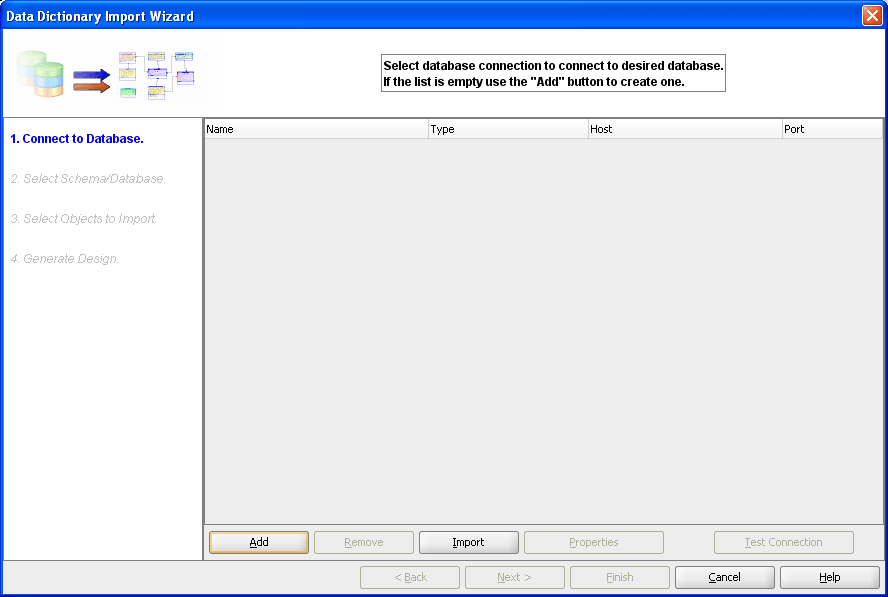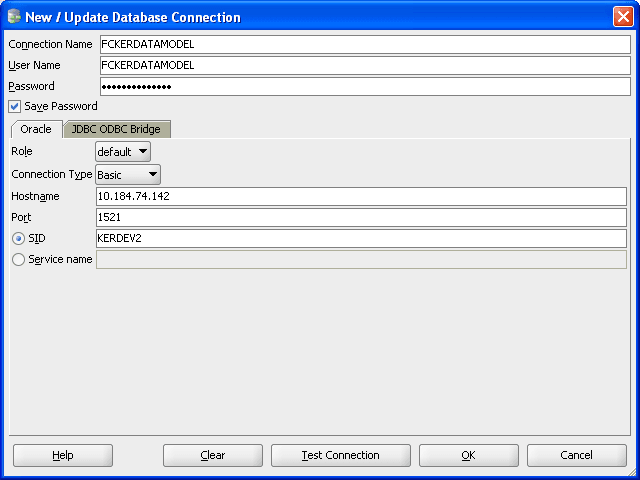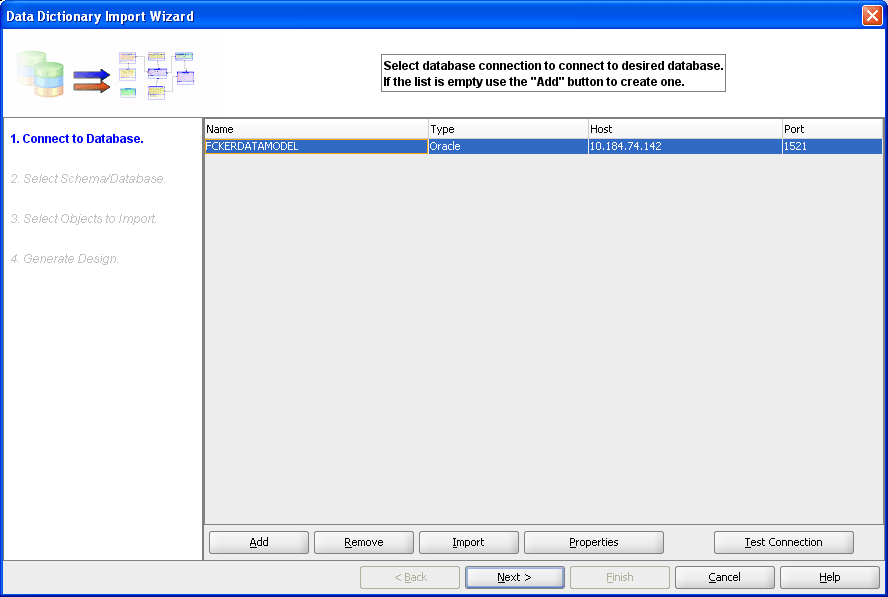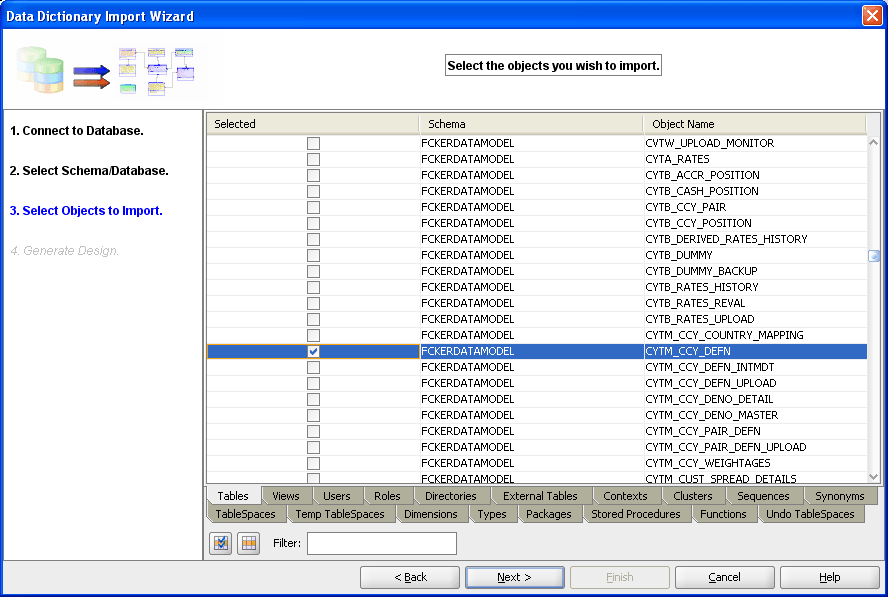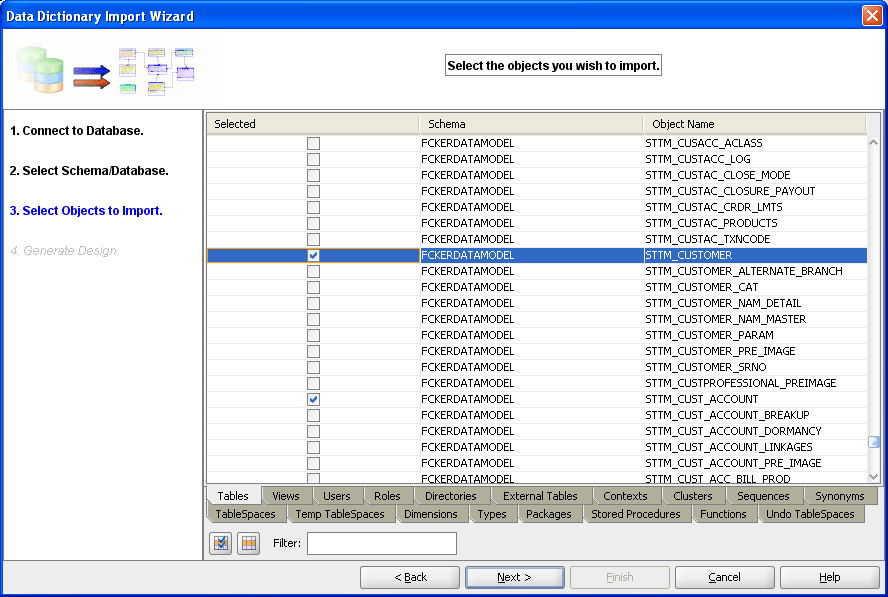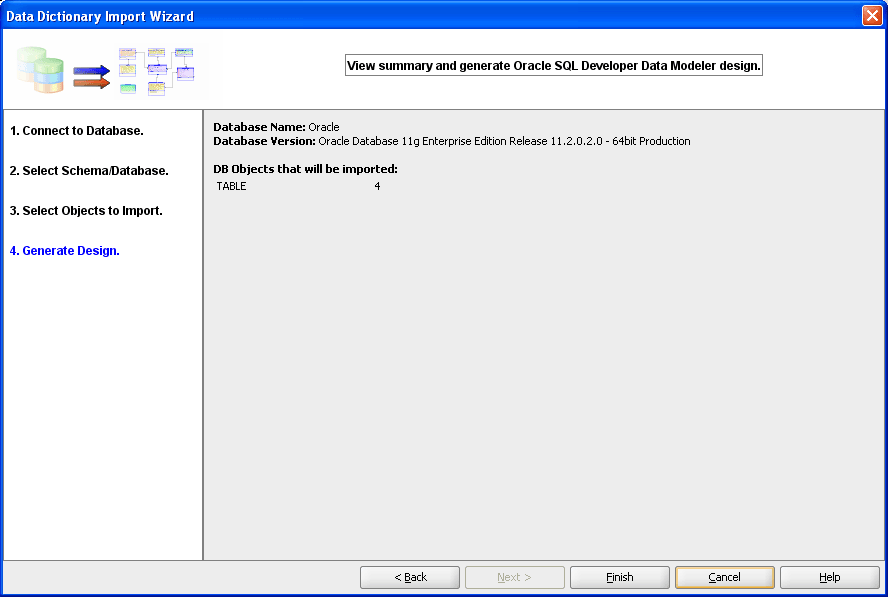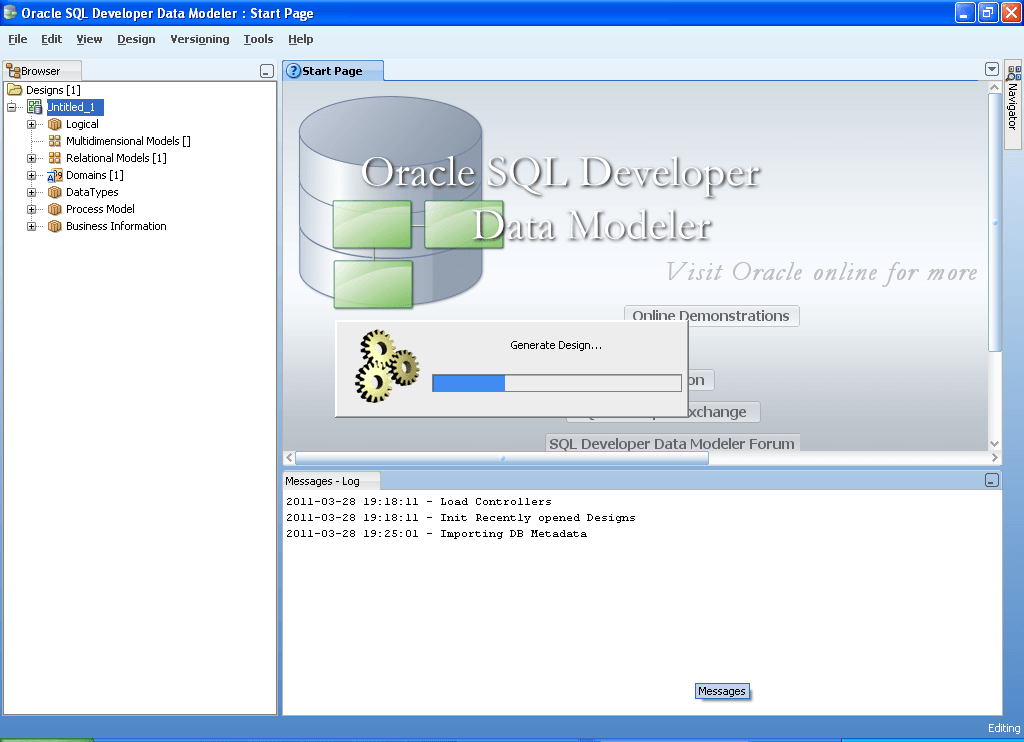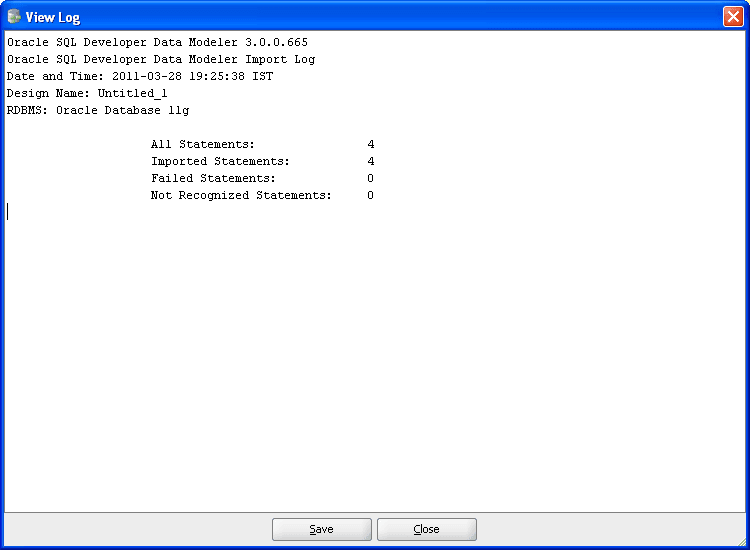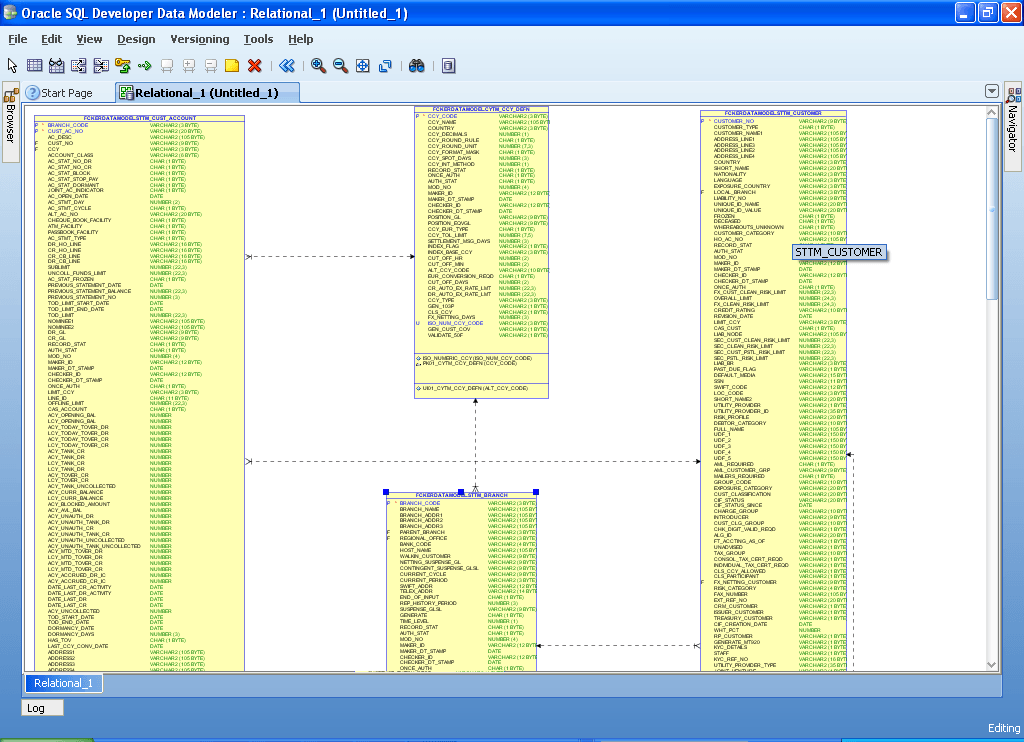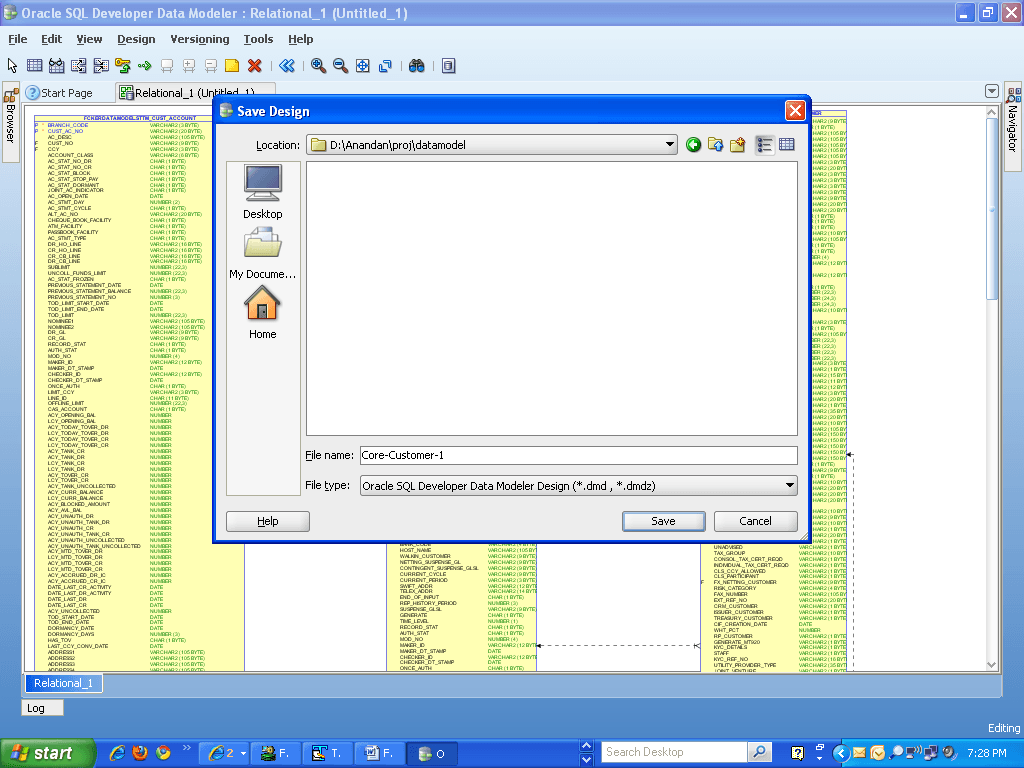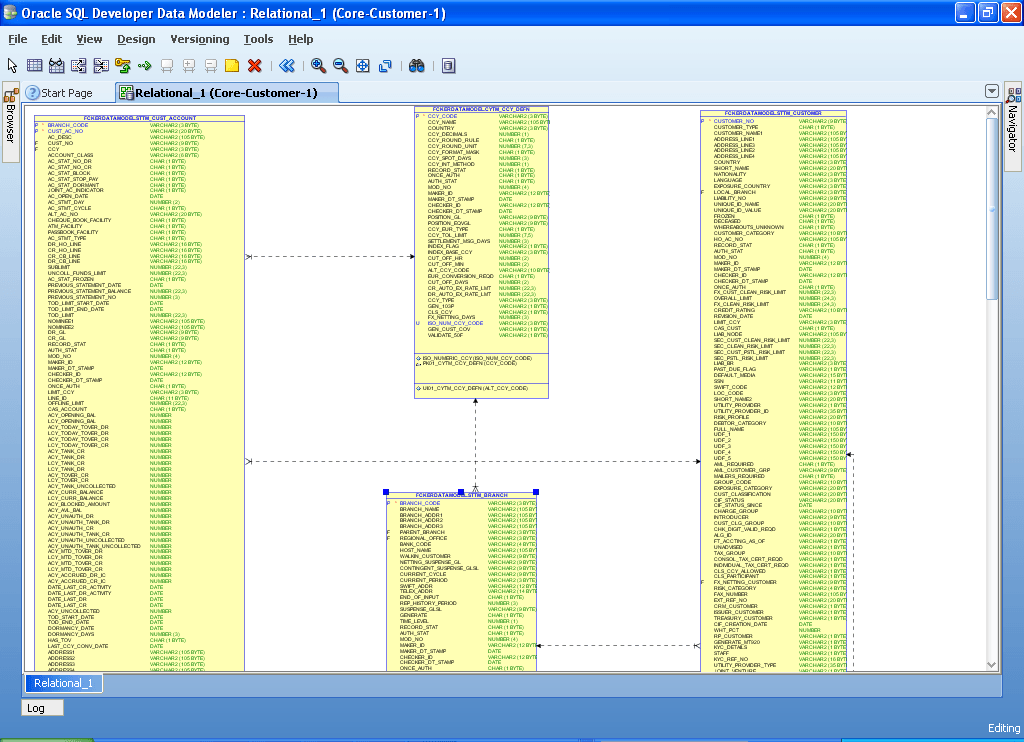1 Data Model – Getting Started
OBCL Data Model
This document describes the reverse engineering methodology to get the OBCL Data Model for a given business purpose. A given business purpose could vary from report generation to data extraction to extending OBCL application functionality. This topic has the following sub-topics:
- Why Reverse Engineering
This topic describes the reverse engineering importance. - OBCL Data model schema
This topic describes the steps to get the Oracle OBCL Data model schema. - Oracle SQL Developer Data Modeler
This topic describes the Oracle SQL Developer Data Modeler. - Creating Data Model and ER diagram
This document describes the steps to create data model and ER diagram
1.1 Why Reverse Engineering
This topic describes the reverse engineering importance.
As the complete ER diagram of OBCL application would be huge, the business application developers need to re-engineer with required filtered portion of OBCL to get specific portion of data model. Example: There is a business requirement to add additional fields to customer personal information.
The business developer could filter the Customer specific entities from OBCL Database schema and generate the ER diagram. This ER diagram further can be used to understand the OBCL and can be foundation for further business development requirement.
Parent topic: Data Model – Getting Started
1.2 OBCL Data model schema
This topic describes the steps to get the Oracle OBCL Data model schema.
- Identify the new Oracle Database schema for data model purpose.
- Create the OBCL database tables by running all the DDL scripts in below folder at
the schema identified.
- OBCL_14.4.0.1.0\MAIN\DATABASE\HOST\CONSOL\DDL\TABLE
- OBCL_14.4.0.1.0\MAIN\DATABASE\BRANCH\CONSOL\DDL\TABLE
- Create Foreign Keys in schema using following scripts at the schema identified.
- OBCL_14.4.0.1.0\MAIN\DATABASE\DATAMODEL\HOST\CONSOL\FKR
- Create column comments using below scripts at the schema identified.
- OBCL_14.4.0.1.0\MAIN\DATABASE\DATAMODEL\HOST\CONSOL\CMT
Note:
The Database environment used for this data model cannot be used for other testing/production purpose.
Parent topic: Data Model – Getting Started
1.3 Oracle SQL Developer Data Modeler
This topic describes the Oracle SQL Developer Data Modeler.
Ensure you have installed the Oracle SQL Developer Data model in your local system. Refer further Oracle documentation for download and install instructions, http://www.oracle.com/technetwork/developer-tools/datamodeler/downloads/index.html
Parent topic: Data Model – Getting Started
1.4 Creating Data Model and ER diagram
This document describes the steps to create data model and ER diagram
- Open the Oracle SQL Developer Data modeler.
- Click on File → Import → Data dictionary.
- Click Add.
- Provide the database connectivity.
- Click Test Connection and ensure it is successful. If connection fails, verify and repeat step4.
- Click database connection row.
- Select the database schema name.
- Select the entities( tables ) that are to be used in ER diagram.
- Click Next.
- Click Finish.
- The ER diagram can be saved as .dmd file if required.
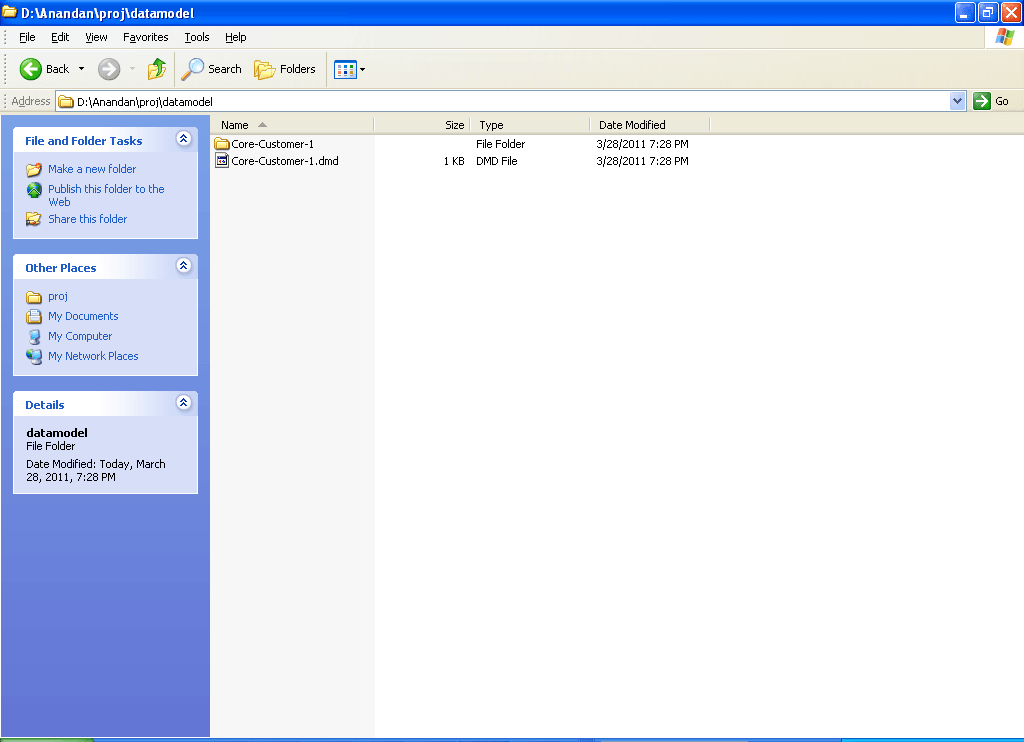
Parent topic: Data Model – Getting Started


